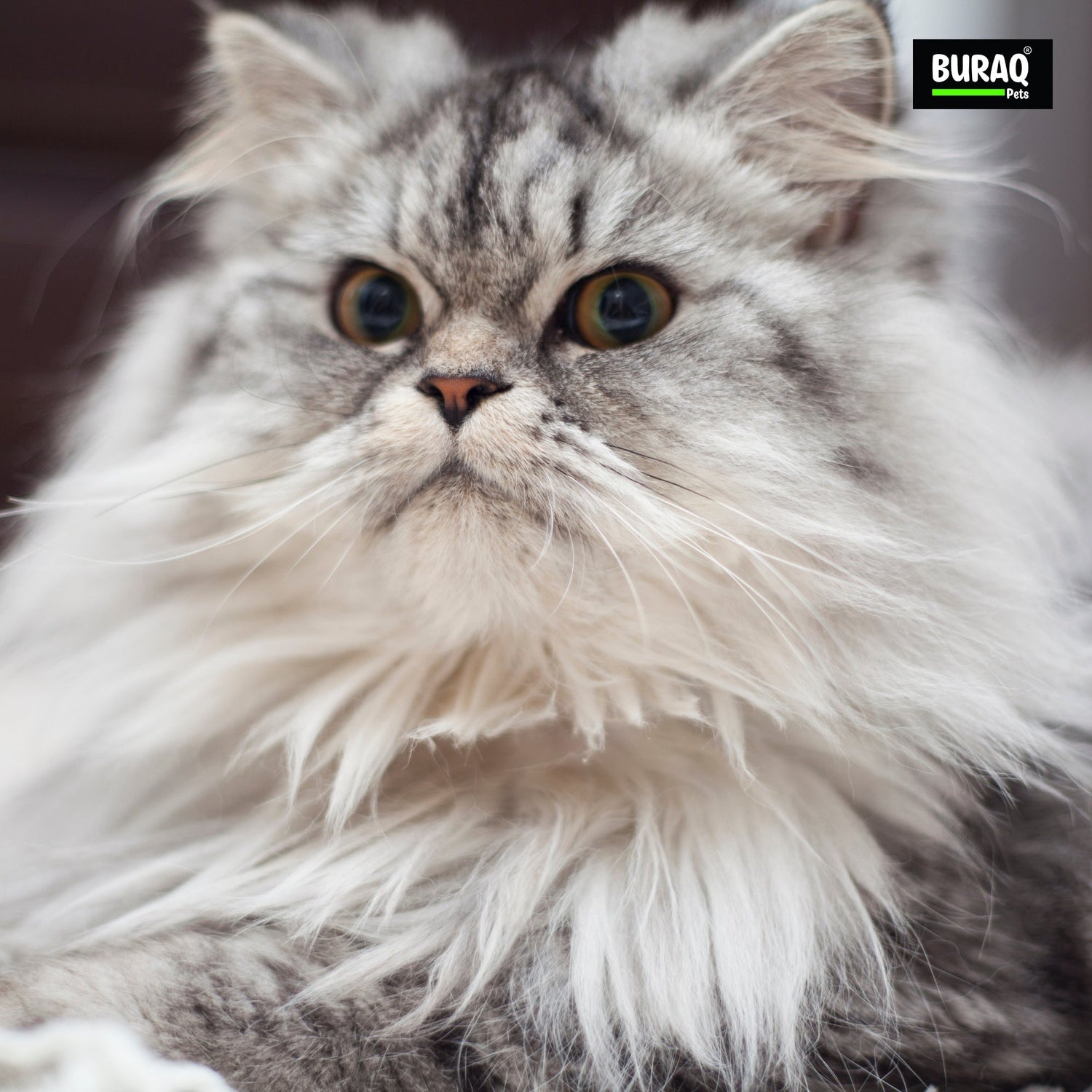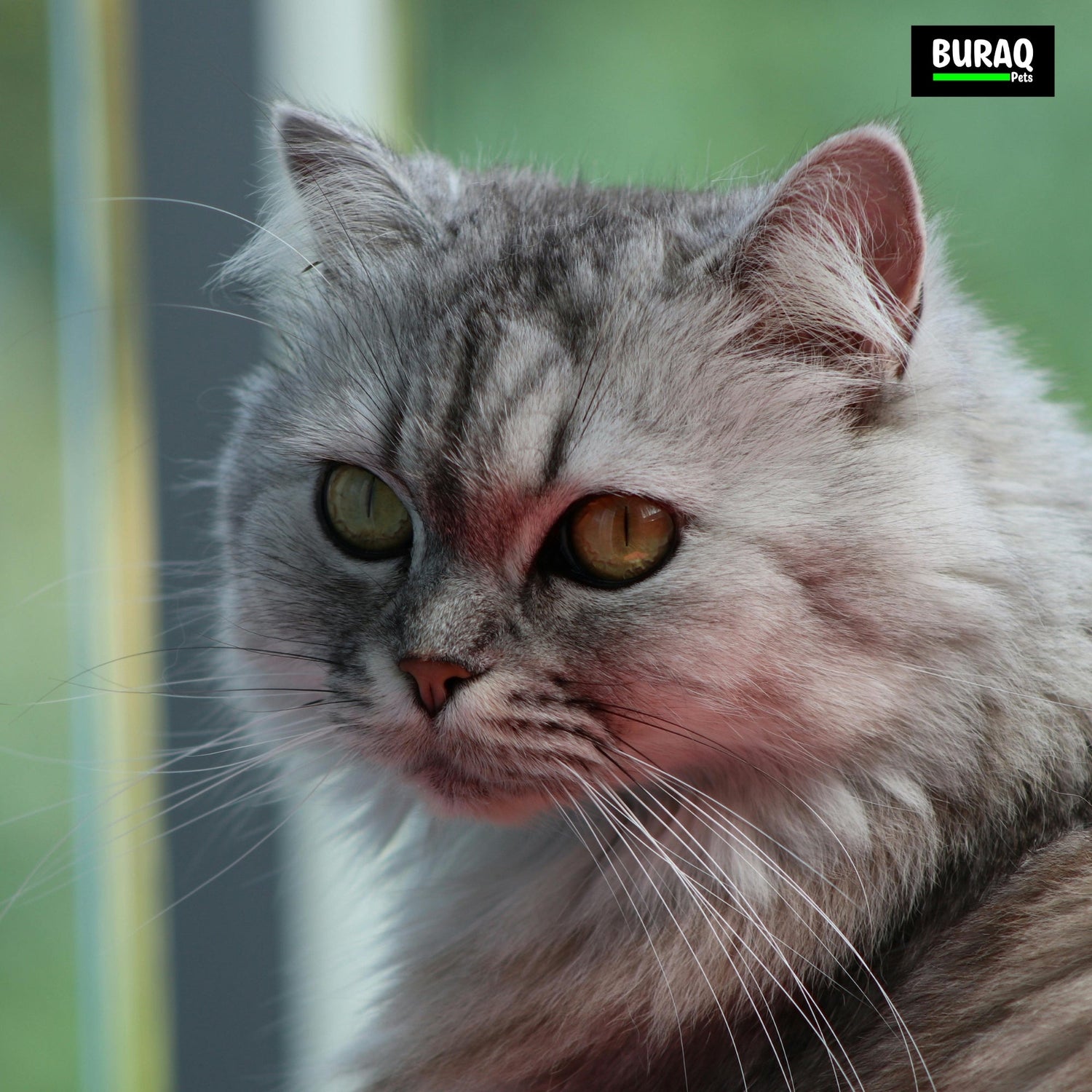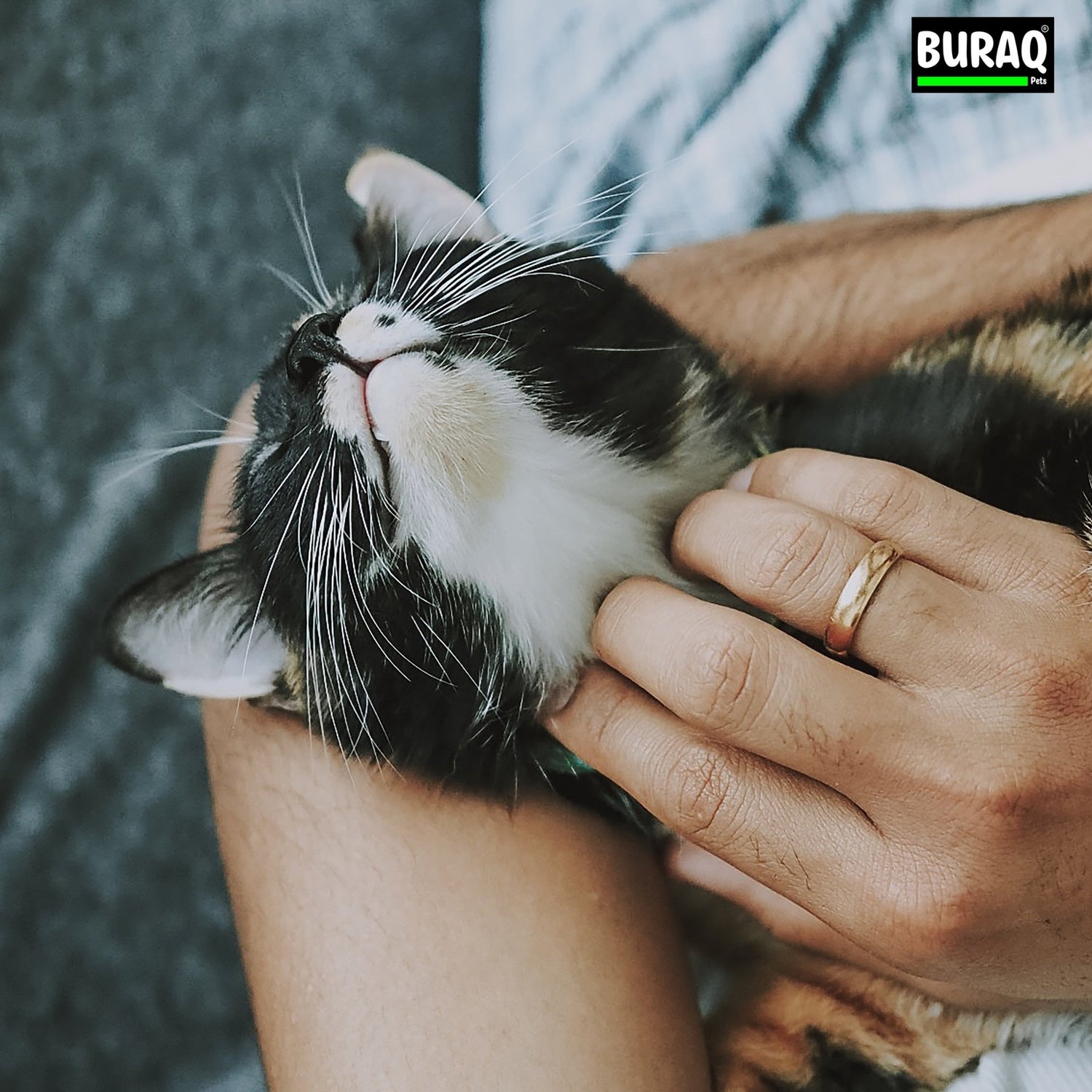 Introduction
Introduction
Your cat’s health begins with what goes into their bowl. Proper nutrition isn’t just about filling their stomach—it’s the foundation for their overall wellbeing, from their gleaming coat to their playful energy and even their lifespan. For Indian cat parents, especially those new to the feline world, navigating the maze of cat nutrition can feel overwhelming.
Many Indian cat owners make well-intentioned mistakes: feeding primarily milk and fish (contrary to what cartoons suggest, most cats are actually lactose intolerant), offering too many table scraps, or creating unbalanced homemade meals lacking essential nutrients like taurine that cats cannot produce themselves. The confusion between commercial and homemade options adds another layer of complexity—while home-cooked meals might seem healthier, they often miss critical nutrients that commercial foods are formulated to provide.
When searching for cat food in India, pet parents have more options than ever before. This guide will help you make informed choices about your cat’s diet, ensuring they receive the nutrition they need to thrive in your loving home.
Types of Cat Food Explained
Dry Food (Kibble): The Convenient Option
Dry cat food is the most popular choice among Indian cat parents, and for good reason. The cat food price in India for kibble tends to be more economical, especially for multi-cat households. Kibble offers several advantages:
Pros:
- Longer shelf life without refrigeration (important in India’s climate)
- More economical per serving
- Helps reduce dental plaque (though not a substitute for dental care)
- Convenient for free-feeding and busy schedules
Cons:
- Lower moisture content (only 6-10%)
- Often contains more carbohydrates than cats naturally need
- Some brands use lower-quality protein sources or fillers
Many veterinarians recommend Royal Canin cat food for its consistent quality and nutritional research, though it comes at a premium price point compared to other options available in India.
Wet Food: Hydration Plus Nutrition
The best wet cat food India offers provides crucial moisture content, which is especially important in our hot climate where cats may not drink enough water.
Pros:
- High moisture content (70-80%) supports urinary tract health
- Usually more palatable for picky eaters
- Typically contains more animal-based proteins
- Easier for senior cats to eat
Cons:
- More expensive per serving
- Shorter shelf life once opened
- Requires refrigeration after opening
- Can contribute to dental issues if used exclusively
Raw and Homemade Diets: Proceed with Caution
While some cat parents prefer preparing meals at home, this approach requires careful planning:
Raw Diets:
- Must be properly balanced with supplements
- Carries risk of bacterial contamination
- Requires significant research and possibly veterinary guidance
Homemade Cooked Diets:
- Often lack essential nutrients unless carefully formulated
- Time-consuming to prepare properly
- May require additional supplements
Several cat food manufacturers in India are now producing quality options that rival international brands, giving pet parents more choices than ever before.
Life Stage-Specific Nutrition
Kitten Food:
Specialized kitten food contains higher protein and fat content essential for growth and development. Kittens need approximately 30% protein and higher levels of certain minerals for proper bone development. When selecting kitten food, look for formulas specifically designed for the first year of life.
Adult Cat Food:
Adult cats (1-7 years) require balanced maintenance nutrition with approximately 26% protein. Their caloric needs stabilize, and their food should support maintenance rather than growth.
Senior Cat Food:
Cats over 7 years benefit from senior-specific formulations with:
- Easier-to-digest proteins
- Joint-supporting nutrients
- Adjusted phosphorus levels for kidney health
What to Look for in Cat Food
Protein-First Ingredients
Finding the best cat food in India requires understanding your cat’s specific nutritional needs. Quality cat food should list a specific animal protein (chicken, fish, lamb) as the first ingredient—not “meat by-products” or vague terms like “animal derivatives.”
Cats are obligate carnivores, meaning they require animal-based proteins to thrive. Look for foods where:
- Named animal proteins appear first on the ingredient list
- Multiple protein sources are included
- The protein content is at least 26% for adult cats and 30% for kittens
Essential Nutrients: Beyond Just Protein
Taurine: This amino acid is critical for heart function, vision, reproduction, and immune health. Cats cannot synthesize taurine themselves, so it must be provided in their diet. Taurine deficiency can lead to serious health issues including heart disease and blindness.
Omega Fatty Acids: These support skin health, coat shine, and reduce inflammation. Look for foods containing fish oil, flaxseed, or specifically mentioning omega-3 and omega-6 fatty acids.
Moisture Content: Even in dry food, adequate moisture is important. The best wet cat food India markets provide will offer high moisture content, which is crucial for urinary health.
Quality Standards to Consider
While India doesn’t have an equivalent to the American Association of Feed Control Officials (AAFCO), look for:
- Products that mention “complete and balanced nutrition”
- Foods that specify they meet international standards
- Transparent ingredient lists without vague terms
- Reputable brands with quality control measures
Cat food price in India varies widely depending on the brand, quality, and type of food. Premium brands like Royal Canin, Farmina, and Orijen cost more but typically offer higher quality ingredients and better nutritional profiles.
Feeding Schedules & Portions
How Much to Feed: Finding the Right Balance
Feeding amounts vary based on several factors:
By Age:
- Kittens (under 1 year): 3-4 small meals daily
- Adult cats (1-7 years): 2 meals daily
- Senior cats (7+ years): 2-3 smaller meals daily
By Weight:
- 3-5 kg cat: Approximately 40-60g of dry food daily (adjust based on activity)
- Overweight cats: Reduce by 10-20% and consult your vet
- Underweight cats: Increase gradually and check for underlying issues
By Activity Level:
- Very active cats may need 20-40% more calories
- Sedentary indoor cats need fewer calories to prevent weight gain
Always check the feeding guidelines on your specific cat food package and adjust based on your cat’s individual needs.
Free Feeding vs. Scheduled Meals
Free Feeding (leaving food available all day):
- Works for some self-regulating cats
- Convenient for busy households
- Risk of overeating and obesity
- Difficult to monitor food intake
Scheduled Feeding:
- Better for weight management
- Helps establish routine
- Easier to notice changes in appetite
- Creates predictable bathroom habits
Many veterinarians recommend scheduled feeding for most cats, especially those prone to weight gain.
Water: The Overlooked Nutrient
Water is crucial for cat health, particularly urinary tract function. Many cats don’t drink enough water naturally, which is why:
- Always provide fresh, clean water daily
- Consider a cat water fountain to encourage drinking
- Place multiple water bowls throughout your home
- If using mainly dry food, be extra vigilant about water intake
When considering cat food price in India, remember that investing in quality nutrition can reduce veterinary costs in the long run by preventing diet-related health issues.
Special Diet Needs
Indoor vs. Outdoor Cats
In India, many cats live exclusively indoors, especially in urban apartments. Indoor cats have different nutritional needs:
Indoor Cat Considerations:
- Lower calorie requirements (up to 30% less than outdoor cats)
- Higher fiber content to prevent hairballs
- Weight management formulations
- Urinary tract health support
The best cat food in India for indoor cats will address these specific needs while maintaining high protein quality.
Common Health Concerns and Dietary Solutions
Hairball Control:
- Specialized formulas with added fiber
- Regular grooming to reduce ingested hair
- Hairball remedy pastes as supplements
Urinary Health:
- Higher moisture content foods
- Controlled mineral levels (especially magnesium and phosphorus)
- pH-balanced formulations
Sensitive Stomach:
- Limited ingredient diets
- Novel protein sources (like duck or venison)
- Probiotics for digestive support
Weight Management
Obesity is increasingly common in Indian cats, particularly indoor ones. For overweight cats:
- Reduce portions gradually (never starve a cat)
- Choose weight management formulas
- Increase play and exercise
- Avoid free-feeding
For underweight cats:
- Rule out medical issues with your vet
- Choose higher-calorie, nutrient-dense foods
- Feed smaller, more frequent meals
- Consider appetite stimulants if recommended by your vet
Human Foods to Avoid
Toxic Foods That Can Harm Your Cat
Many human foods can be dangerous or even fatal to cats. Keep these away from your curious feline:
Highly Toxic:
- Chocolate and caffeine (contain theobromine, toxic to cats)
- Onions and garlic (cause anemia)
- Grapes and raisins (can cause kidney failure)
- Alcohol (even small amounts can be deadly)
- Xylitol (artificial sweetener found in many products)
Moderately Harmful:
- Raw eggs (risk of salmonella)
- Raw meat or fish (bacterial contamination risk)
- Bones (choking hazard, intestinal puncture risk)
- Dog food (lacks sufficient taurine)
Common Indian Household Foods to Avoid
Several items common in Indian kitchens can pose dangers to cats:
- Milk and dairy products: Despite the stereotype, most adult cats are lactose intolerant and can develop diarrhea from milk
- Spicy foods: Can cause digestive upset and discomfort
- Raw dough: Can expand in the stomach and ferment, causing serious issues
- Certain Indian spices: Particularly those containing compounds similar to onion and garlic
- Coconut oil and milk: Can cause digestive upset in some cats
- Ghee and high-fat foods: Can lead to pancreatitis
When considering cat food manufacturers in India, look for those that understand these cultural dietary differences and formulate their products accordingly.
How to Transition Food Safely
The Gradual Approach to Food Changes
Abrupt diet changes can cause digestive upset. Follow this 7-10 day transition schedule:
Days 1-3: 75% old food, 25% new food
Days 4-6: 50% old food, 50% new food
Days 7-9: 25% old food, 75% new food
Day 10: 100% new food
If your cat is particularly sensitive, extend this timeline even further.
Signs of Food Intolerance to Watch For
Monitor your cat during any diet transition for:
- Vomiting or diarrhea
- Excessive scratching (potential food allergy)
- Lethargy or behavior changes
- Refusal to eat for more than 24 hours
- Changes in water consumption
I you notice any of these signs, slow down the transition or consult your veterinarian. Some cats may need an even more gradual introduction to new foods.
When to Consult a Veterinarian
Seek professional advice if:
- Your cat refuses to eat for more than 24-48 hours
- There’s persistent vomiting or diarrhea
- You notice significant weight loss
- Your cat shows signs of pain when eating
- You’re considering a specialized diet for medical conditions
Quality kitten food should contain DHA for brain development and higher calcium levels for bone growth, so transitions during growth stages should be handled with particular care.
Buraq Pets Recommendations
At Buraq Pets, we understand the unique needs of Indian cats and their parents. While we’re developing our specialized cat food line, we currently offer premium accessories that complement your cat’s nutritional journey:
Feeding Essentials:
- Stainless steel feeding bowls that resist bacteria and are easy to clean
- Slow-feeder dishes for cats who eat too quickly
- Elevated feeding stations for comfortable dining
- Automatic feeders for busy pet parents
Hydration Solutions:
- Cat water fountains that encourage proper hydration
- Filtered water bowls that keep water fresh longer
- Travel water dispensers for on-the-go care
Supplements and Treats:
- Natural cat treats for training and bonding
- Hairball control pastes and supplements
- Dental treats for oral health maintenance
Our products are designed with Indian households in mind, addressing the specific challenges of our climate and living conditions. Visit our website to explore our full range of cat care essentials that complement your chosen nutrition plan.
Conclusion
Providing the right nutrition is one of the most important responsibilities of cat parenthood. The cat food market in India has grown significantly in recent years, with both international and domestic brands available, giving you more options than ever to meet your cat’s specific needs.
Remember these key points:
- Choose high-quality, protein-first foods appropriate for your cat’s life stage
- Consider your cat’s specific needs (indoor/outdoor, weight, health conditions)
- Transition between foods gradually to prevent digestive issues
- Ensure adequate hydration, especially with dry food diets
- Avoid toxic human foods, particularly those common in Indian households
A well-fed cat is a happy, healthy companion who will share your life for many years to come. The investment you make in quality nutrition today pays dividends in reduced veterinary costs and a thriving feline friend tomorrow.
Ready to nourish your cat the right way? Explore our pet essentials at Buraq Pets and give your feline friend the care they deserve.






